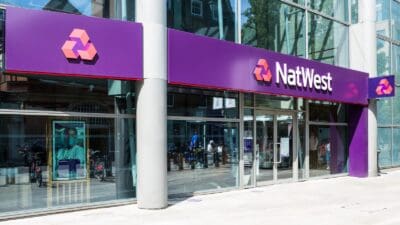One of the risks of being an income investor is that you can be seduced by attractive yields, which are sometimes a symptom of a declining business or a falling share price.
Take National Grid (LSE: NG) (NYSE: NGG.US), for example. The firm’s 5.5% prospective yield is attractive, but, 5.5% is substantially less than the long-term average total return from UK equities, which is about 8%.
Total return is made up of dividend yield and share price growth combined. National Grid is very much an income stock, but the company’s commitment to inflation-linked dividend growth should help support its share price, and could deliver a solid annual total return.
What will National Grid’s total return be?
Looking ahead, I need to know the expected total return from National Grid shares, so that I can compare it to my benchmark, a FTSE 100 tracker.
The dividend discount model is a technique that’s widely used to value dividend-paying shares. A variation of this model also allows you to calculate the long-term average expected rate of return on a dividend-paying share:
Total return = (Prospective dividend ÷ current share price) + expected dividend growth rate
Here’s how this formula looks for National Grid:
(42.2 ÷ 771) + 0.032 = 0.87 x 100 = 8.7%
My model suggests that National Grid shares could deliver a long-term average rate of total return of 8.7%, marginally ahead of the long-term average total return of 8% per year I’d expect from a FTSE 100 tracker.
Isn’t this too simple?
One limitation of this formula is that it doesn’t tell you whether a company can afford to keep paying and growing its dividend.
My preferred measure of dividend affordability is free cash flow — the operating cash flow that’s left after capital expenditure, tax costs and interest payments.
Free cash flow = operating cash flow – tax – capital expenditure – net interest
National Grid’s free cash flow over the last twelve months was -£1.25bn, so its dividends weren’t covered by free cash flow, but the regulatory regime under which UK utilities operate mean that high debt levels are much less risky than they are for most companies, as debt costs for infrastructure upgrades are passed on to customers. As a result, I’m not unduly concerned by National Grid’s poor free cash flow.







